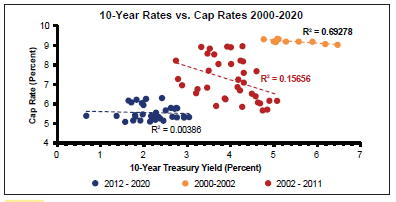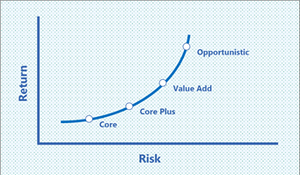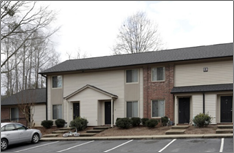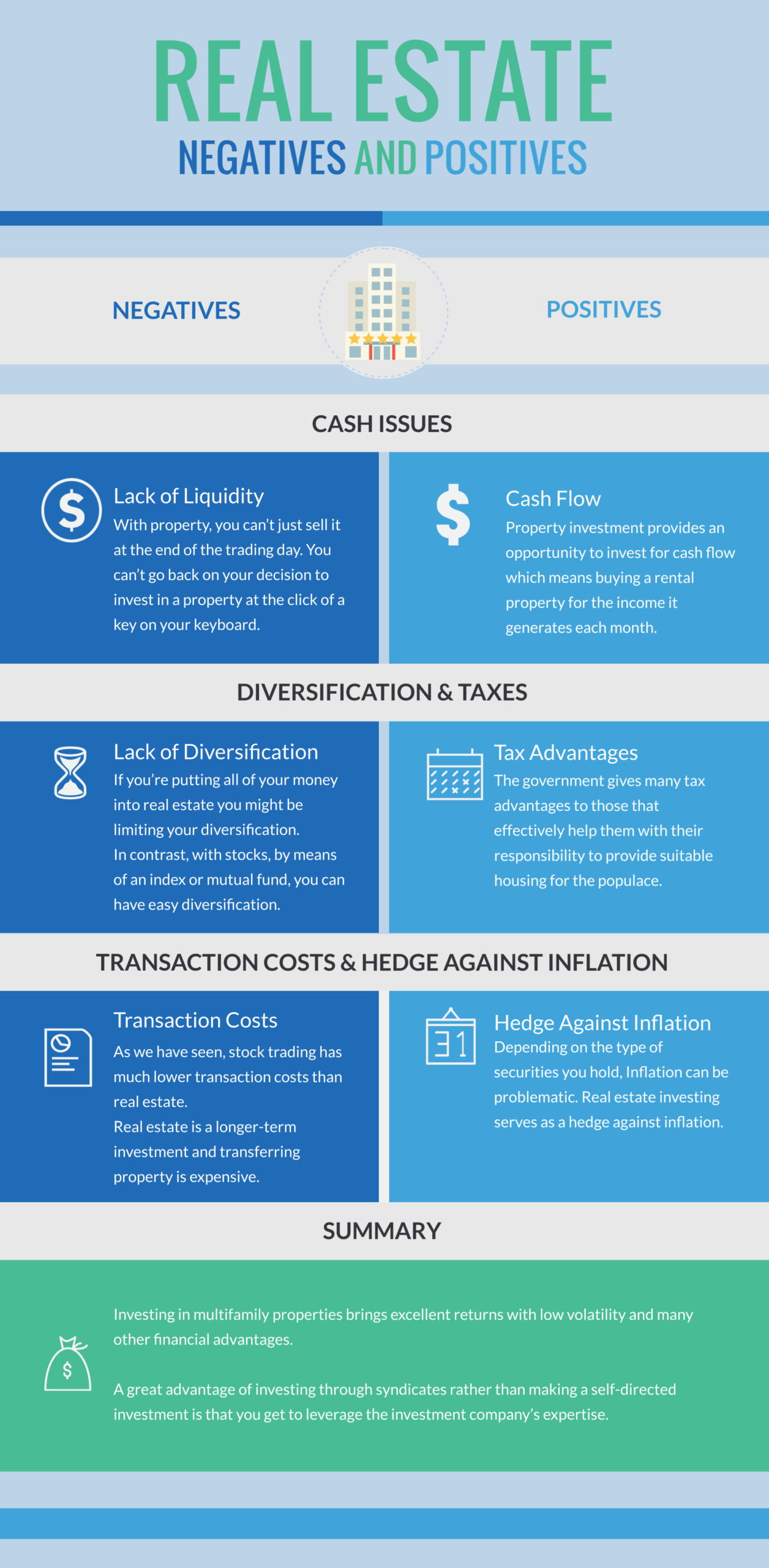
Saving for retirement can seem like a daunting task. We know that keeping all your money in a savings account is limiting because of the low interest rates. In fact, interest rates in savings accounts are generally less than inflation rates, meaning your savings account is actually losing value every day. In this article, we will discuss a few options that can help accelerate the growth of your retirement funds and hopefully have you sitting on a beach without having to worry about covering your expenses.
To help outpace inflation, and better yet, grow your wealth, many Americans utilize retirement accounts such as Individual Retirement Accounts (IRA) and 401(k) plans. These accounts offer the ability to maximize your retirement dollars by allowing you to invest in assets that are expected to outpace inflation. In addition, the accounts provide significant tax benefits for investors through tax exemptions or tax deferrals. The downside of IRAs and 401k plans is that most traditional accounts only allow for certain types of investments, including stocks, bonds, mutual funds, ETFs and CDs. These options can be great inclusions in any investment portfolio, but what most people don’t know is that there are accounts that allow for many investment options above and beyond these traditional investments.
There are retirement accounts that allow you to use your tax leveraged funds to invest in these same traditional assets, but in addition, allow you to invest in alternative assets, including real estate. Other possible investments include precious metals, cryptocurrency, water rights, livestock, and almost anything other than collectibles. Most people are not aware of these opportunities because the people on Wall Street make a considerable amount of money by keeping these options from the public.
First, understand that these accounts may not be the right fit for everyone. They allow more control and greater diversification of your retirement portfolio, but as such, the performance is going to be largely dependent on the decisions you make. So, please consult a professional and do your research before rolling over your 401(k) into one of these accounts. So, what are these magical retirement accounts that allow you to invest in real estate?
The three most common types of accounts that will allow you to invest in real estate and other alternative assets are the 1) Self-Directed IRA, 2) Solo 401k, and 3) Qualified Retirement Plan (QRP). These accounts offer both pre-tax and after-tax (Roth) options, Below is a brief overview of what I have learned through researching my own retirement plan. Please consult a tax professional to help determine what type of account makes the most sense for you.
Self-Directed IRA (SDIRA)
As suggested by the name, the Self-directed IRA is a type of IRA and therefore has the same contribution limits as a traditional IRA. For 2021, the annual contribution limit is $6,000 ($7,000 if you are age 50 or older). This limit does not apply to Rollover contributions or Qualified reservist repayments. More information can be found at https://www.irs.gov/.
The SDIRA provides more control and diversification options than a traditional IRA, with all the tax-leverage benefits. To set up an account, you will need a reputable custodian. I recommend reaching out to a few different custodians to discuss their fee structures and hopefully find one that you feel comfortable working with.
Solo 401k
A Solo 401(k), aka One-participant 401(k) plans, provide another retirement account option for those looking to diversify their portfolio. However, these plans are limited to a business owner with no employees other than their spouse. Make sure to consult a tax professional to ensure that you qualify for this type of plan. If you do qualify, you can enjoy the 2021 annual contribution limit of $19,500, or $26,000 if you are age 50 or older, PLUS additional compensation based on your business structure. More information can be found at https://www.irs.gov/retirement-plans/one-participant-401k-plans. These plans can also provide additional benefit over a SDIRA if you plan to invest in real estate. With a SDIRA, if your account owns an asset that produces unrelated business taxable income (UBTI), you may be responsible for paying unrelated business income tax (UBIT). An investment that uses debt financing (i.e. real estate) will trigger the UBIT with your SDIRA. However, these same regulations are not required when holding an asset in a 401(k) plan, including a Solo 401(k). Much like a SDIRA, you will need a custodian to maintain your account, but luckily there are plenty of options out there.
Qualified Retirement Plan
In addition to the SDIRA and Solo 401(k), you can also invest in alternative assets using a Qualified Retirement Plan (QRP). The structure of these plans can vary widely, so you will have to do your own research if you find a QRP that meets your goals. I personally have a retirement plan that was set up by eQRP Co. I recommend reaching out to Damion and his team if you would like to learn more about their plans.
Any of these options will provide the opportunity to invest in a wide variety of assets, including real estate. Once you get the account set up, the real fun begins. Here is a step-by-step overview.
- Identify the type of account that is right for you.
- Set up the account through your preferred custodian.
- Fund the account. You can rollover funds from an existing IRA or 401(k) or transfer after-tax savings.
- Identify an investment. The options are almost limitless.
- Work with your custodian to properly fund the investment opportunity.
- Monitor your investments and reinvest your returns.
- Work closely with your custodian and keep good records to ensure that everything is above board. You don’t want to go through the effort to set this up and then find out that you unintentionally triggered a tax event.
Thanks for reading! I hope you enjoyed learning about a few different retirement fund options that are not widely publicized. I provided a very brief overview of a somewhat complicated topic, so please reach out if you would like to discuss these different plans in more detail.
Part of the Multifamily Scrum Series| Written by Adam Lacey























